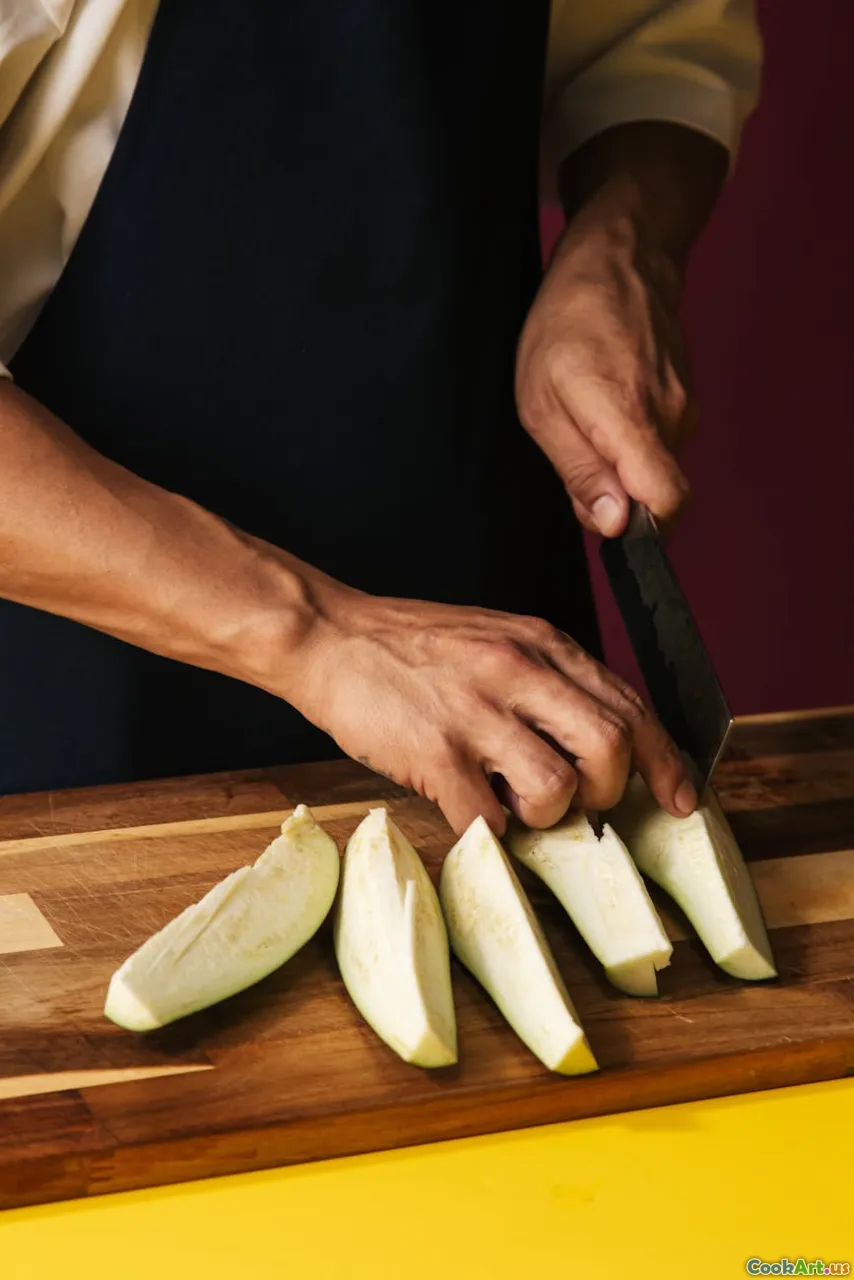Cooking Techniques for Seasonal Ingredients
5 min read Explore diverse cooking techniques that elevate seasonal ingredients and enhance your culinary creations for every season. April 10, 2025 13:01
Cooking Techniques for Seasonal Ingredients
Cooking with seasonal ingredients not only promotes sustainability but also enhances the flavor and nutritional value of your dishes. In this article, we will explore various techniques that can help you make the most of what each season has to offer.
Understanding Seasonal Ingredients
Each season brings a unique array of fruits, vegetables, and herbs. For instance:
- Spring: Asparagus, peas, and strawberries
- Summer: Tomatoes, zucchini, and berries
- Fall: Pumpkins, apples, and root vegetables
- Winter: Kale, citrus fruits, and squash
Understanding what is in season will allow you to select the freshest ingredients, which is crucial for optimal flavor and nutrition.
Cooking Techniques to Elevate Seasonal Ingredients
1. Roasting
Roasting is a fantastic technique for bringing out the natural sweetness in seasonal vegetables like squash and root veggies. Simply toss your vegetables with olive oil, salt, and herbs, and roast them in the oven until caramelized. Roasting enhances flavor and adds depth to dishes.
2. Grilling
Grilling is ideal for summer produce such as corn, bell peppers, and stone fruits. The high heat creates a smoky flavor and beautiful char marks. To grill, simply brush your ingredients with oil and place them on the grill, turning occasionally until they are tender and slightly charred.
3. Blanching and Shocking
This technique is perfect for preserving the bright colors and crisp textures of spring vegetables like asparagus and green beans. Blanch the vegetables in boiling water for a short time, then immediately transfer them to an ice bath to stop the cooking process. This method helps maintain their nutrients and makes them more vibrant on the plate.
4. Pickling
Pickling is a great way to extend the life of seasonal produce and add tangy flavors to dishes. Seasonal cucumbers, radishes, and even fruits can be pickled. A simple pickling solution of vinegar, sugar, and spices allows your ingredients to marinate and develop flavor.
5. Sautéing
Sautéing is a quick method ideal for producing dishes with fresh herbs and greens. For example, sautéing spinach or kale with garlic and olive oil allows you to enjoy the freshness of these greens while enhancing their flavor with aromatics.
6. Fermenting
Fermenting ingredients like cabbage into sauerkraut or carrots into kimchi is not only a traditional preservation method but also enhances the nutritional profile of the food. Fermentation creates beneficial probiotics and adds unique flavors.
7. Steaming
For delicate ingredients like asparagus or leafy greens, steaming is a gentle cooking method that preserves nutrients and color. Steam until just tender, and finish with a squeeze of lemon or a sprinkle of salt to enhance flavor.
8. Baking
Baking can transform seasonal fruits into luscious desserts. Consider using summer berries in a cobbler or fall apples in a pie. The baking process enhances the natural sugars while adding comforting flavors.
Seasonal Pairings
Pairing seasonal ingredients can elevate your dishes even further. For example, fresh tomatoes in summer pair beautifully with basil and mozzarella, while winter squash can be enriched with sage and walnuts. Experiment with different combinations and discover new flavor profiles.
Conclusion
Cooking with seasonal ingredients not only supports local farmers but also enhances your culinary experience. By mastering various cooking techniques, you can highlight the natural flavors of the ingredients and create delightful dishes that reflect the essence of each season. Embrace the cycle of nature in your kitchen, and let the seasons inspire your cooking!









